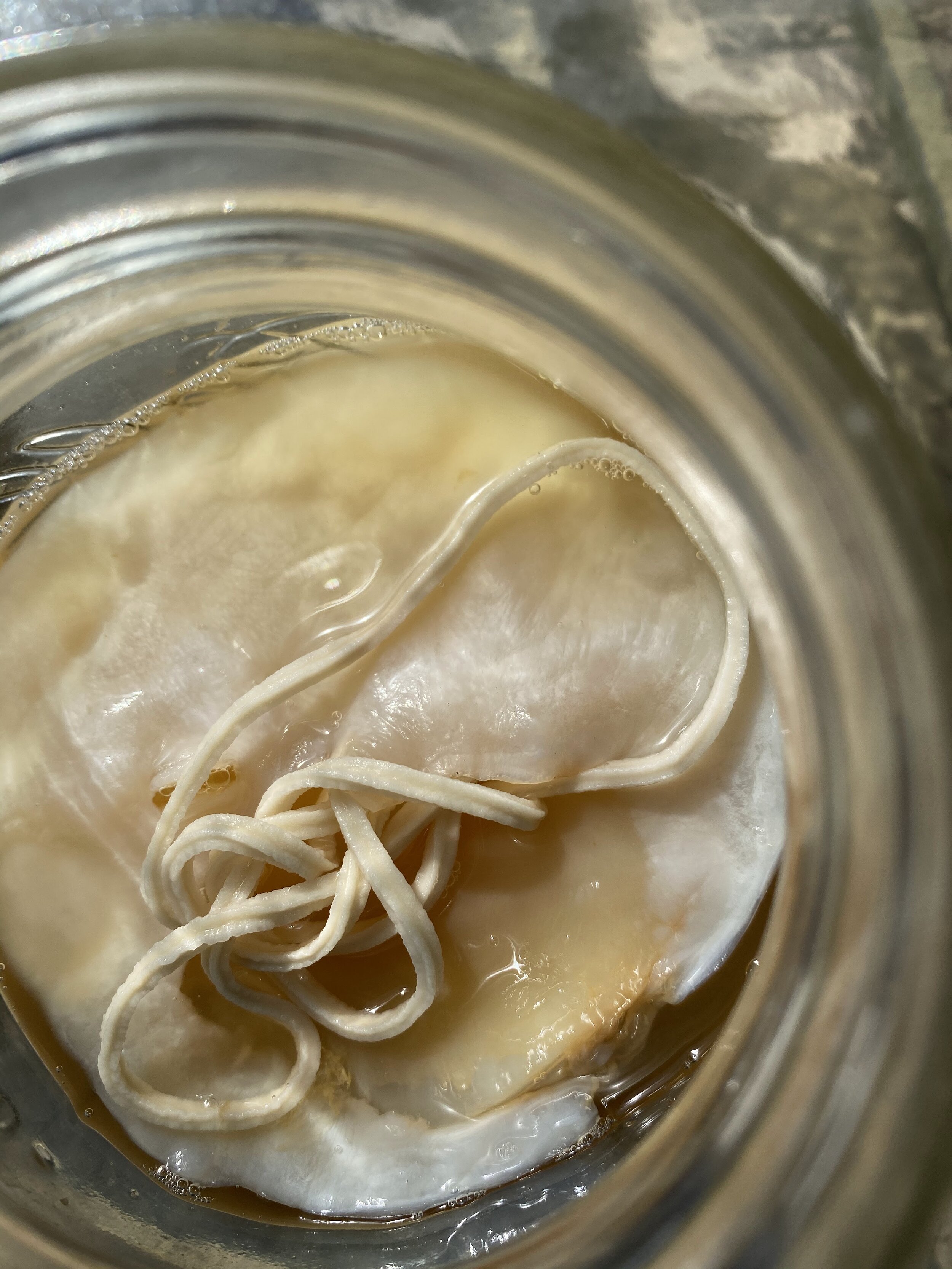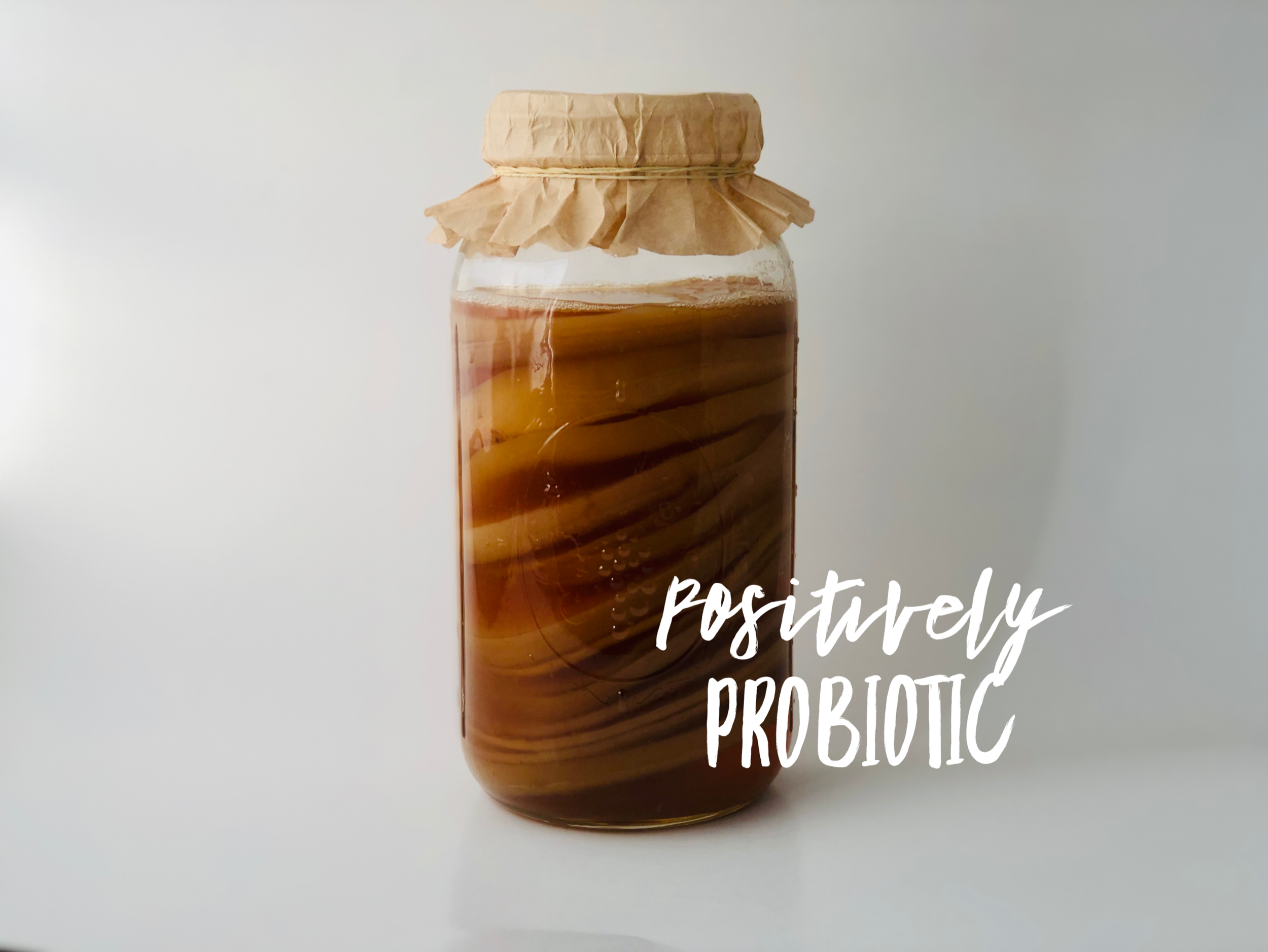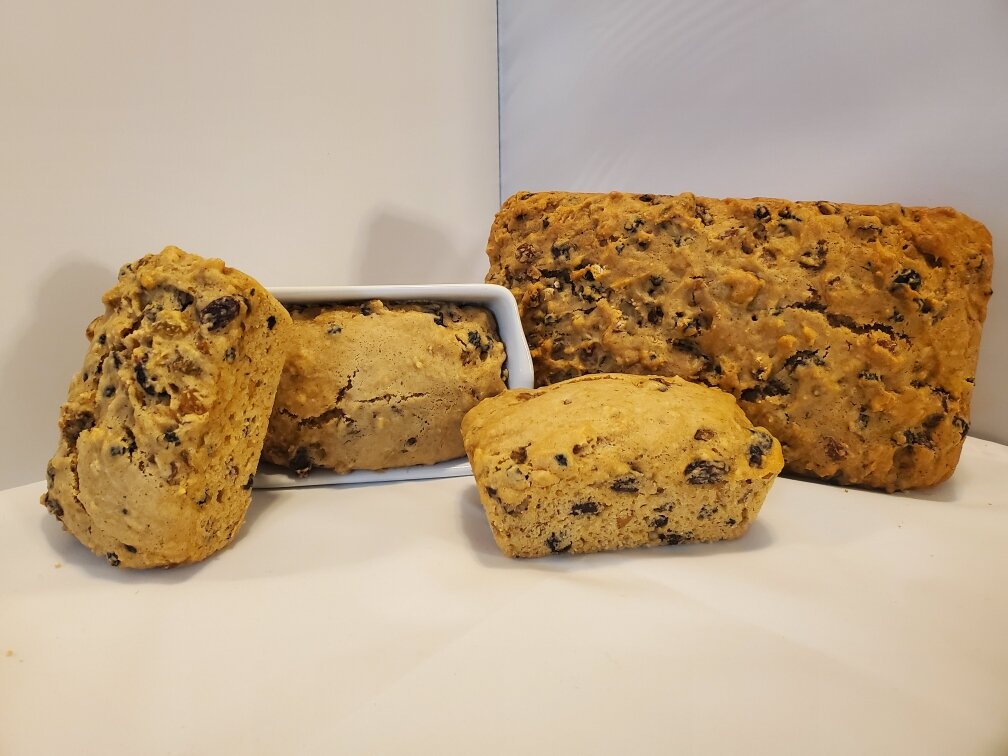Fermentation Failures I’m Glad I Had (And What They Taught Me)
Flops, flubs, and fizzing mishaps: here’s what my biggest fermentation failures taught me about patience, process, and the quiet brilliance of microbial life.
Fermenting Through the Seasons: How Weather Affects Your Cultures (and What to Do About It)
Fermentation isn’t a set-it-and-forget-it thing—it’s a living process that changes with the seasons. From summer heat to winter chills, here’s how to keep your ferments happy all year round.
Sabrina’s Soapbox: You Don’t Need a Pellicle to Start Kombucha (And I’m Tired of Pretending You Do)
Let’s clear something up: you don’t need a thick, perfect pellicle to start kombucha. The myth that your brew won’t work without that jelly pancake. In this rant—I mean, blog post—I’m setting the record straight, busting kombucha myths, and giving you permission to start messy.
Fermentation and Seasonal Changes
Seasonal changes are a real thing—even if your air conditioning tricks you into thinking otherwise. In this post, we talk about why your ferments act like grumpy toddlers or confused pets when the temperature shifts, what to do about it in summer and winter, and how to tune in to their natural rhythms.
Types of Fermentation: Lactic, Alcoholic, and Acetic Explained
Not all fermentation is the same—and knowing which type you’re working with can change everything. In this post, we explore the three major types of fermentation most home fermenters encounter: lactic acid, alcoholic, and acetic acid. From yogurt and sourdough to kombucha and vinegar, we unpack what’s really going on in your jars and how to use that knowledge to improve your results (and save a few batches).














